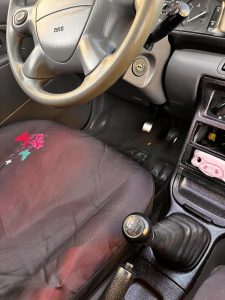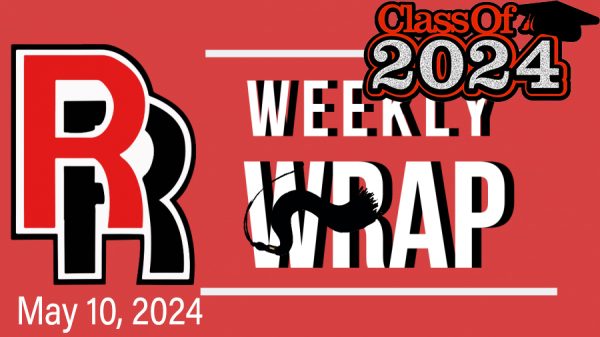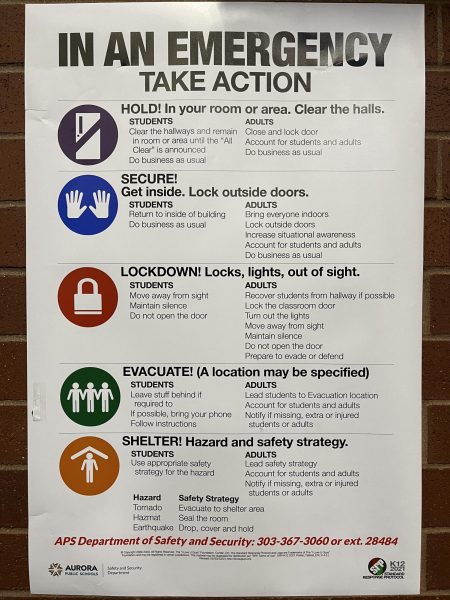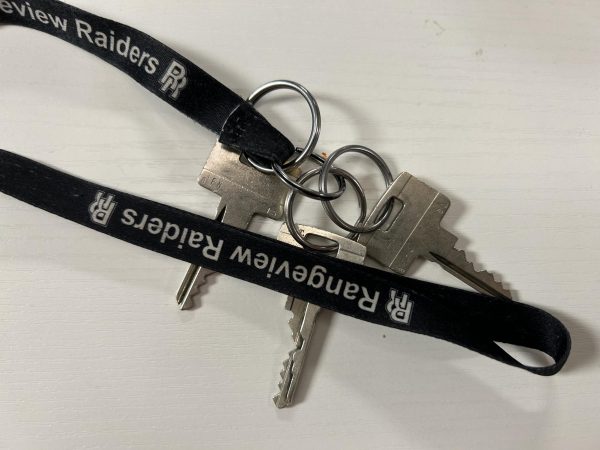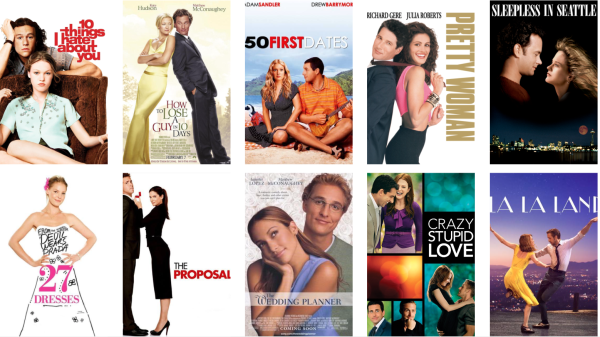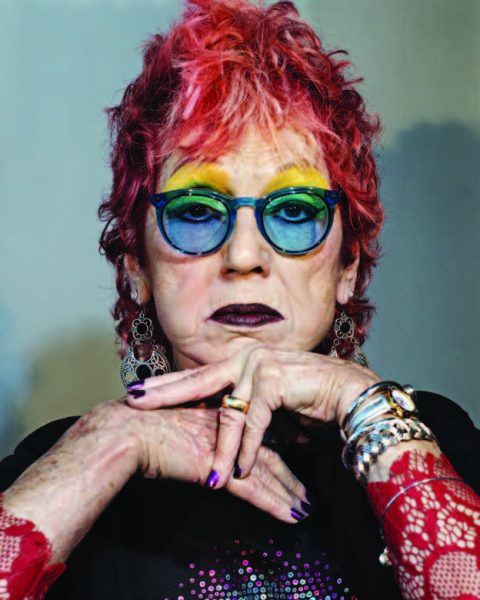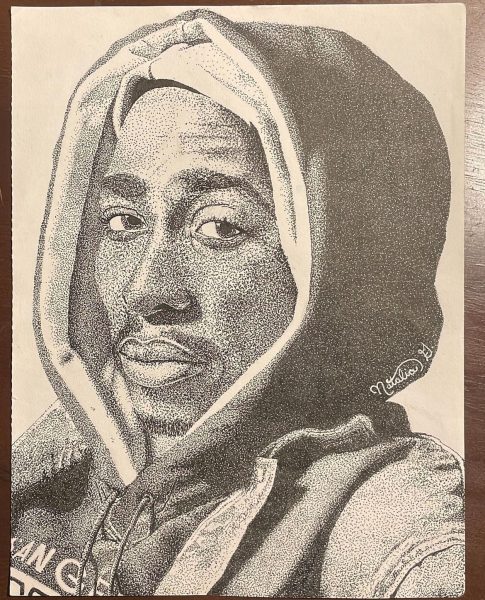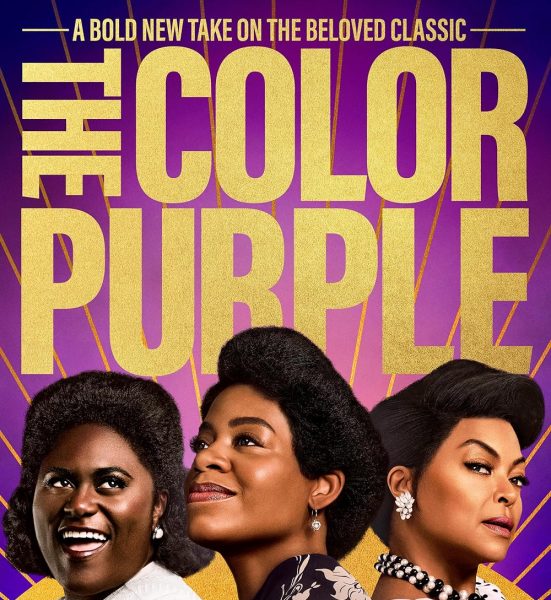Fast Fashion and Sustainability
As the name “fast fashion” suggests, new styles are constantly coming out. This drives the consumption and production of clothing, ultimately killing our planet. (Mopify)
February 6, 2020
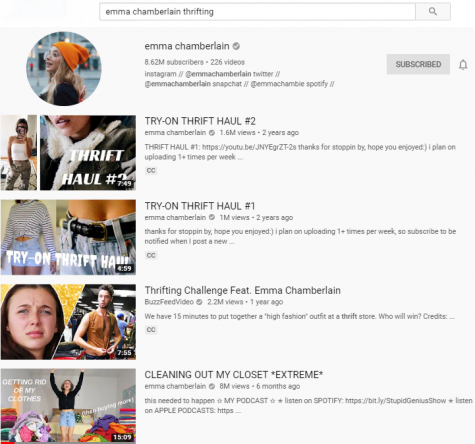
Fashion has been around for a long time, but recently there has been an increase in market consumption, with teens and young adults buying more and more clothing at a cheaper price. This has increased the worth of the fashion market with the U.S. ecommerce and fashion industry being worth 545 billion dollars in 2019 and estimated to grow to 713 billion by 2022.
Social media and self-expression seems to be one of the driving factors of why teens are spending more money on clothes. They see popular influencers who wear an outfit and suddenly, it becomes a trend.
Having a certain style and aesthetic shows your personality and what you like to wear. However, many teens and young adults don’t have the money to constantly buy trendy and expensive clothing that celebrities and stores, such as Urban Outfitters and Forever 21, have.
This has led to companies such as Romwe, Fashion Nova, Zaful, BooHoo, and Shein to become popular with young adults and teens. Some YouTubers and other influencers promote these websites and buy up to hundreds of dollars worth of clothes, because they get huge piles of items compared to what they would’ve gotten from other stores and brands.
These companies constantly manufacture the current clothing trends and sell them for very little, leading to consumers buying more for less compared to other options. A term created for this industry is ‘fast fashion,’ inexpensive clothing produced rapidly by mass-market retailers in response to the latest trends.
For these companies to be able to make profit by selling clothes at such cheap prices, they have their factories in underdeveloped and developing countries where they can hire many workers, including children, and give them extremely low wages. These countries also don’t have the same regulations and laws as developed countries like the U.S. and Canada.
The International Labor Organization estimates that approximately 152 million children are involved in illegal labor practices around the world; many in the fashion industry. From the Child Labor Index 2014, Eritrea, a Northeastern African country, had the most extreme child labor and was ranked as number one along with Somalia. From Justice.gov, “The Government [in Eritrea] does not make law enforcement data publicly available and national laws and regulations do not identify hazardous occupations or activities prohibited for children.”
Many of the online clothes retailers don’t disclose information on how their products are made or word it in a vague way. Some argue that buyers should be able to know how certain products are made so that they can choose to support that brand or not.
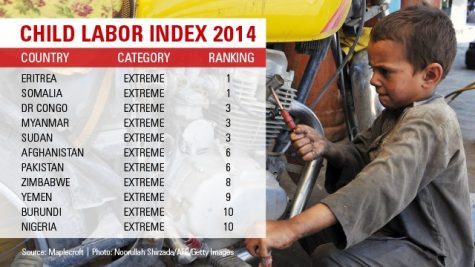
Besides the ethical problems with current fashion brands, there are also environmental problems to be considered. The average U.S. citizen throws away 70 pounds of clothing each year, all of it ending up in landfills. Because these companies produce clothes fast and cheaply, the quality of their clothes reflects that with items breaking and ripping after very few wears.
Sophomore Taralyn Brennan, part of Rangeview’s environmental club, said, “I go to the thrift store a lot because they [newer companies] don’t stitch it right, the newer stuff just falls apart.”
However some consumers don’t care because they paid very little for a certain item and move on to buy the newer trend quickly. According to The Sting, the textile industry is the tenth most polluting industry in the world as of 2018. In the long run, if we keep up with over-consumption of cheap clothes from these companies, the earth’s condition will get worse than it is now.
This is not sustainable for our planet.
Brennan said, “Technically it helps the economy so it’s good for people who want money, but not good for the environment [since it’s creating] larger landfills.”
However as the culture of using these companies rises, a counter culture of promoting mindful shopping habits has emerged more recently: minimalism, decluttering, and thrifting.
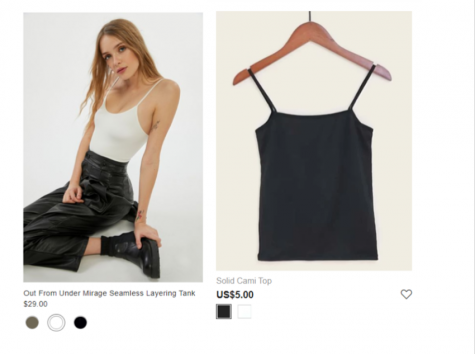
Minimalism means to live with less.
You get rid of all of the excess in your life so you can focus on what is important to you. A minimalist’s point of view is that, “Modern society has led us to believe the lie that the more you own the happier you will be. The truth is, you basically will end up becoming a slave to the things you own.” Minimalism is basically owning things that are necessary and some special items, but not constantly buying new things that don’t have meaning or purpose.
Decluttering is cleaning up your living space and getting rid of things that hold no purpose or you haven’t used.
One example is a closet; people will keep certain items and donate or give away the unwanted clothes. This leads to thrifting because not only do they donate to these companies such as Goodwill, they also buy from them, recycling clothes instead of having it end up in a landfill.
Thrifting as the new trend.
Thrifting has been more popular lately with YouTubers such as Emma Chamberlain who made cute, vintage and different styles out of thrifted clothes. After that, many other YouTubers who did the same as her got bigger on YouTube and many new people were introduced to thrifting. It’s buying from stores that get donations of clothes and resell them. People like it because they can find unique pieces for lower prices compared to high end brand stores.
Another option would be to buy less clothes at higher prices. With better quality, they will last longer— it will save money because one can wear for a long time.
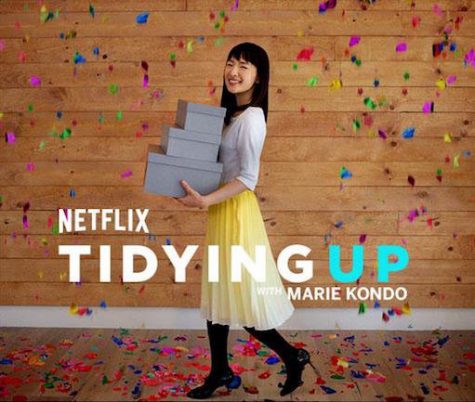
A different and less straightforward approach made by Marie Kondo, a Japanese author, is the konmari method. Made popular from her netflix show, she taught viewers that if an item doesn’t ‘spark joy’ in your life, get rid of it. Kondo became very popular and talked about on Twitter and even got invited to Jimmy Kimmel’s late night show and a few others.
Despite these movements, not enough people participate to stop fast fashion brands and over consumption.
Some teens and young adults don’t care or aren’t informed enough to want to make these changes. The social pressure and need for approval is bigger than the long term impacts of their actions.
Some people can’t afford to buy higher-priced quality clothing, because they need to feed their families or they may not have the income. There’s a certain privilege to be able to do things like minimalism and conscious buying that not everyone has. This economic divide makes it difficult to say that cheaper clothing should be stopped and most things should be of better quality at higher prices.
Overall, what young adults and teens can do, at least, is to try and donate their clothes to companies who will sell them so not everything ends up in landfills. They should also think about the amount and necessity of clothes they are purchasing.
Another option is to sell your clothes on online sites like Depop and Poshmark. Not only do you make money, but you are recycling your clothes. Instead of physically shopping, you can buy online clothes from reliable websites like thredUp: the world’s largest online second hand company.
Here are some links that explain some concepts more in depth:
Video explaining fast fashion vs sustainability
Video going more in depth about thrifting
YouTube channel of Ashley, a young adult, who thrifts and does other mindful/conscious buying methods:





